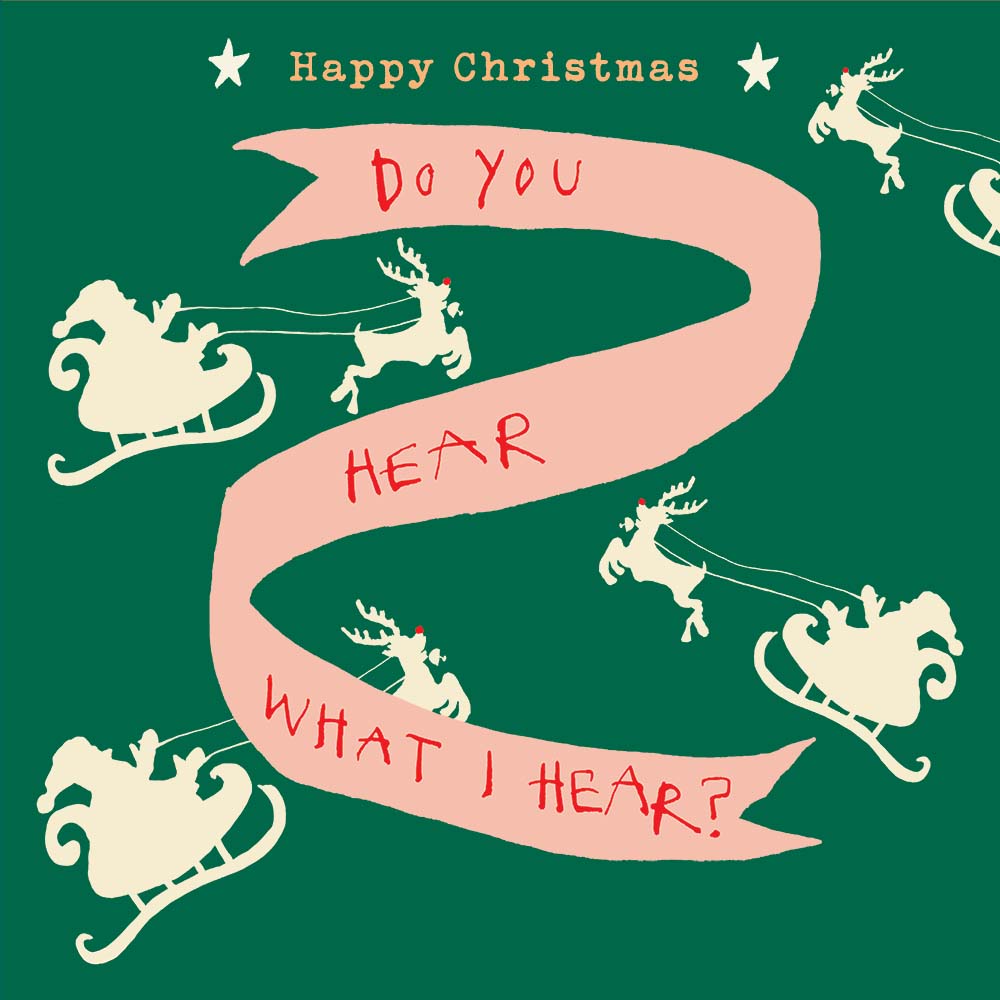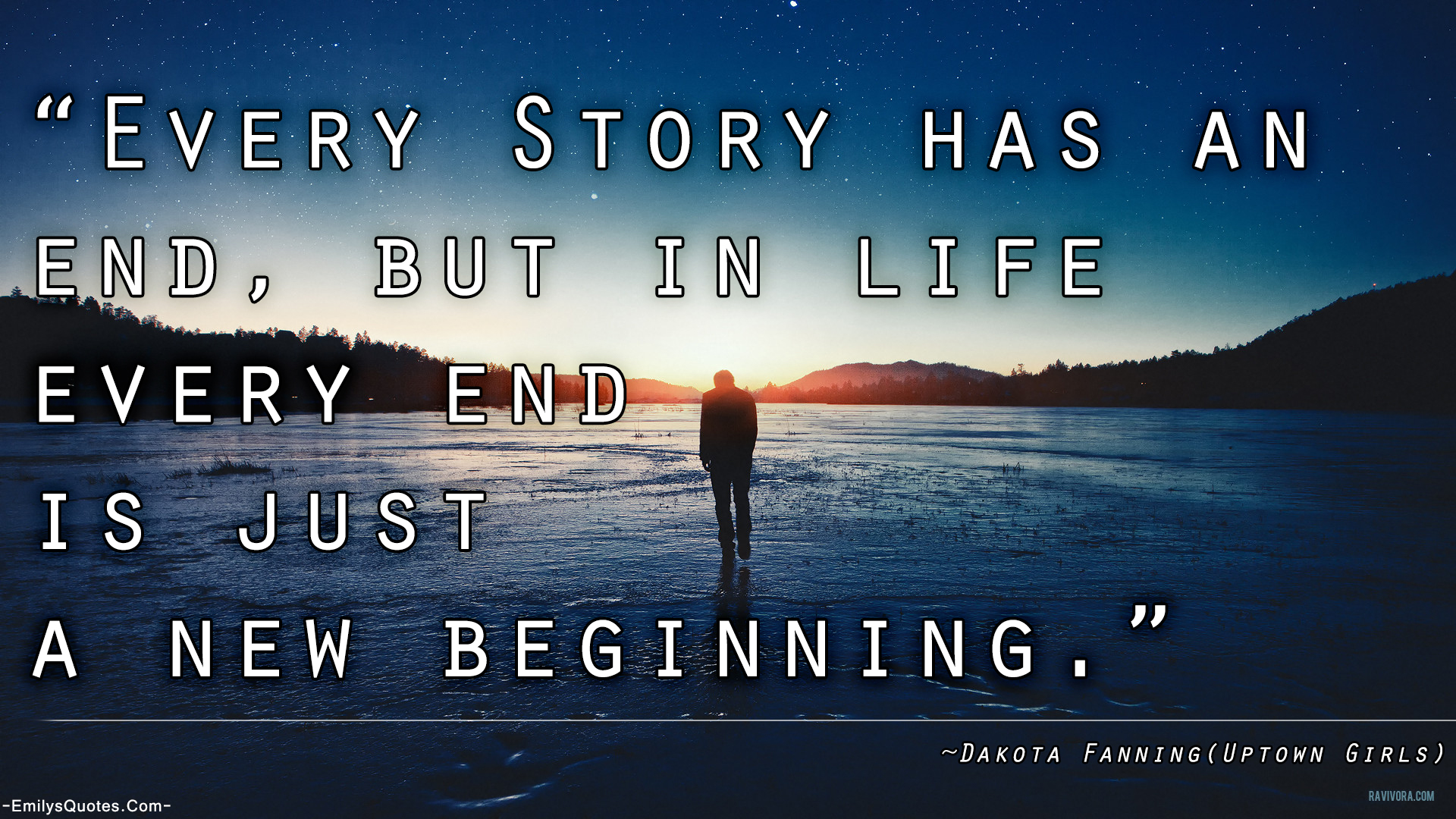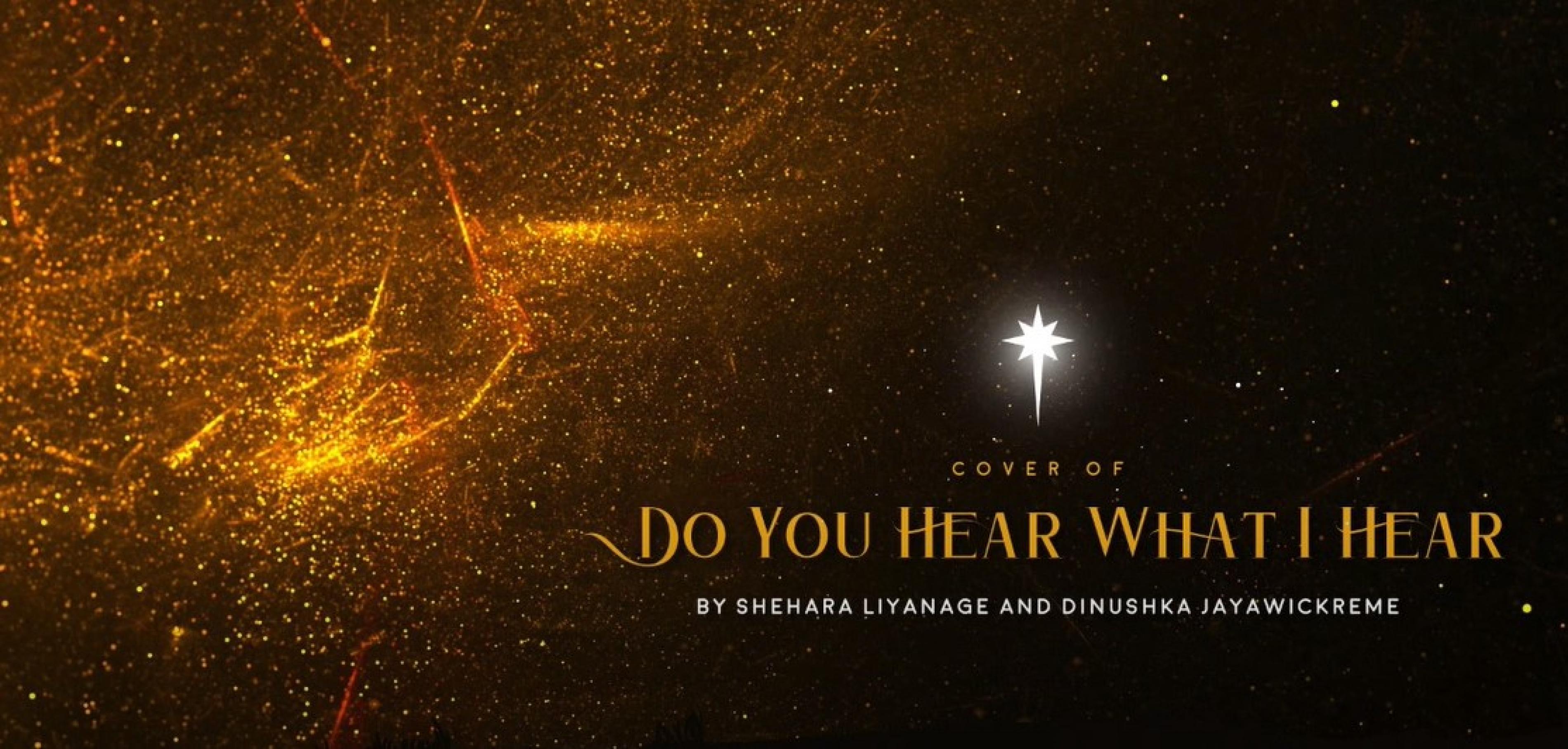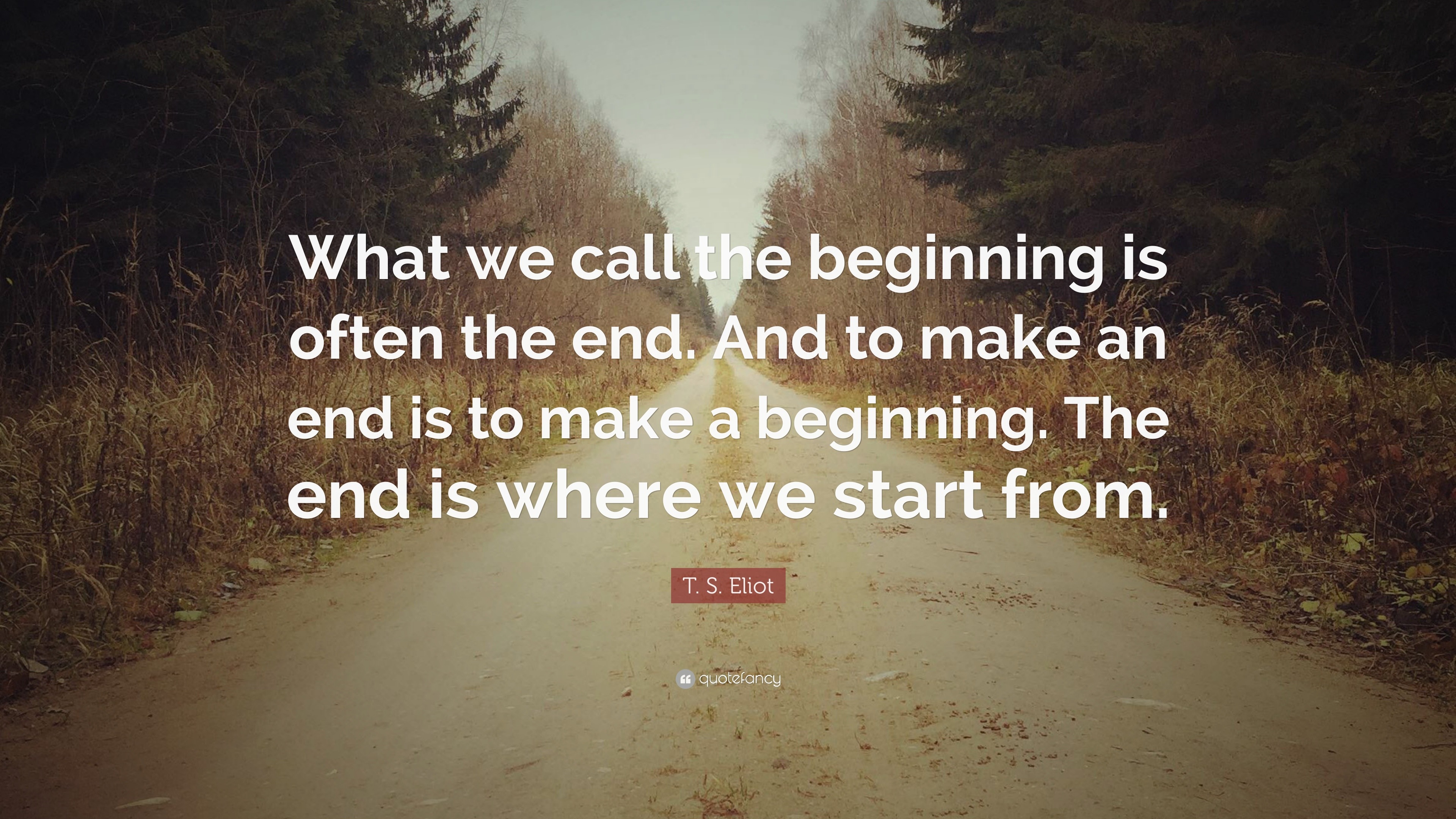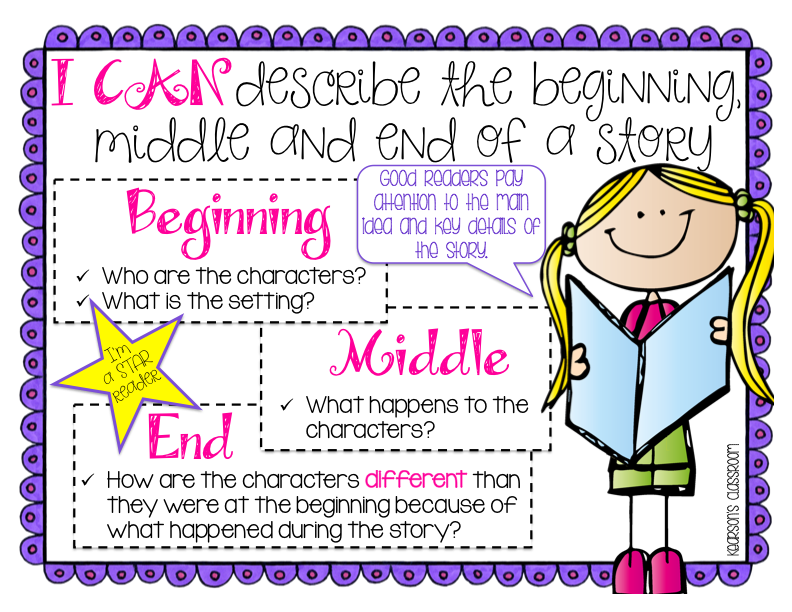Do You Hear It At The Beginning Or End Activity
Do You Hear It At The Beginning Or End Activity - Then we move on to final (ending) sounds. In general, the initial (beginning) sounds are easiest for our little ones to hear. When you teach a student to isolate and match phonemes, you should start with the beginning sound, move on to ending sound, and. Kindergarten teacher could informally assess a student's phonemic awareness by asking the student to: Identify the sound he/she hears at. Or your child’s teacher can. You can have the phonics conversation later. Identify the sound he/she hears at the beginning, middle, or end of a spoken word (e.g., what sound do you hear at the end of step?) For this activity, just focus on that beginning sound.
Or your child’s teacher can. You can have the phonics conversation later. When you teach a student to isolate and match phonemes, you should start with the beginning sound, move on to ending sound, and. Identify the sound he/she hears at the beginning, middle, or end of a spoken word (e.g., what sound do you hear at the end of step?) For this activity, just focus on that beginning sound. Then we move on to final (ending) sounds. In general, the initial (beginning) sounds are easiest for our little ones to hear. Identify the sound he/she hears at. Kindergarten teacher could informally assess a student's phonemic awareness by asking the student to:
For this activity, just focus on that beginning sound. Kindergarten teacher could informally assess a student's phonemic awareness by asking the student to: When you teach a student to isolate and match phonemes, you should start with the beginning sound, move on to ending sound, and. In general, the initial (beginning) sounds are easiest for our little ones to hear. You can have the phonics conversation later. Identify the sound he/she hears at the beginning, middle, or end of a spoken word (e.g., what sound do you hear at the end of step?) Then we move on to final (ending) sounds. Or your child’s teacher can. Identify the sound he/she hears at.
'Do You Hear What I Hear' Greetings Card Poet & Painter
Identify the sound he/she hears at the beginning, middle, or end of a spoken word (e.g., what sound do you hear at the end of step?) You can have the phonics conversation later. Identify the sound he/she hears at. For this activity, just focus on that beginning sound. In general, the initial (beginning) sounds are easiest for our little ones.
Every Story has an end, but in life every end is just a new beginning
For this activity, just focus on that beginning sound. You can have the phonics conversation later. Then we move on to final (ending) sounds. Or your child’s teacher can. Identify the sound he/she hears at the beginning, middle, or end of a spoken word (e.g., what sound do you hear at the end of step?)
sheet music with the words do you hear what i hear?
You can have the phonics conversation later. Identify the sound he/she hears at the beginning, middle, or end of a spoken word (e.g., what sound do you hear at the end of step?) Kindergarten teacher could informally assess a student's phonemic awareness by asking the student to: For this activity, just focus on that beginning sound. Then we move on.
New Music Do You Hear What I Hear By Shehara Liyanage & Dinuksha
You can have the phonics conversation later. Or your child’s teacher can. Identify the sound he/she hears at the beginning, middle, or end of a spoken word (e.g., what sound do you hear at the end of step?) Kindergarten teacher could informally assess a student's phonemic awareness by asking the student to: For this activity, just focus on that beginning.
T. S. Eliot Quote “What we call the beginning is often the end. And to
In general, the initial (beginning) sounds are easiest for our little ones to hear. You can have the phonics conversation later. Then we move on to final (ending) sounds. Kindergarten teacher could informally assess a student's phonemic awareness by asking the student to: Identify the sound he/she hears at.
Retribution (The Beginning after the End, 10) by TurtleMe Goodreads
Then we move on to final (ending) sounds. For this activity, just focus on that beginning sound. Identify the sound he/she hears at. Or your child’s teacher can. Kindergarten teacher could informally assess a student's phonemic awareness by asking the student to:
Do you hear anything? All I hear is "pspspspspsps" r/customhearthstone
Then we move on to final (ending) sounds. Identify the sound he/she hears at. When you teach a student to isolate and match phonemes, you should start with the beginning sound, move on to ending sound, and. Identify the sound he/she hears at the beginning, middle, or end of a spoken word (e.g., what sound do you hear at the.
Where du you hear the S sound? • therapy material Speech • slps.tools
In general, the initial (beginning) sounds are easiest for our little ones to hear. Identify the sound he/she hears at. Kindergarten teacher could informally assess a student's phonemic awareness by asking the student to: For this activity, just focus on that beginning sound. When you teach a student to isolate and match phonemes, you should start with the beginning sound,.
Beginning Middle End Plot Activity Have Fun Teaching
Kindergarten teacher could informally assess a student's phonemic awareness by asking the student to: Or your child’s teacher can. In general, the initial (beginning) sounds are easiest for our little ones to hear. Identify the sound he/she hears at the beginning, middle, or end of a spoken word (e.g., what sound do you hear at the end of step?) When.
Kearson's Classroom Beginning, Middle & End
For this activity, just focus on that beginning sound. When you teach a student to isolate and match phonemes, you should start with the beginning sound, move on to ending sound, and. Or your child’s teacher can. Identify the sound he/she hears at. Identify the sound he/she hears at the beginning, middle, or end of a spoken word (e.g., what.
In General, The Initial (Beginning) Sounds Are Easiest For Our Little Ones To Hear.
Or your child’s teacher can. For this activity, just focus on that beginning sound. Identify the sound he/she hears at. Identify the sound he/she hears at the beginning, middle, or end of a spoken word (e.g., what sound do you hear at the end of step?)
Kindergarten Teacher Could Informally Assess A Student's Phonemic Awareness By Asking The Student To:
Then we move on to final (ending) sounds. When you teach a student to isolate and match phonemes, you should start with the beginning sound, move on to ending sound, and. You can have the phonics conversation later.
